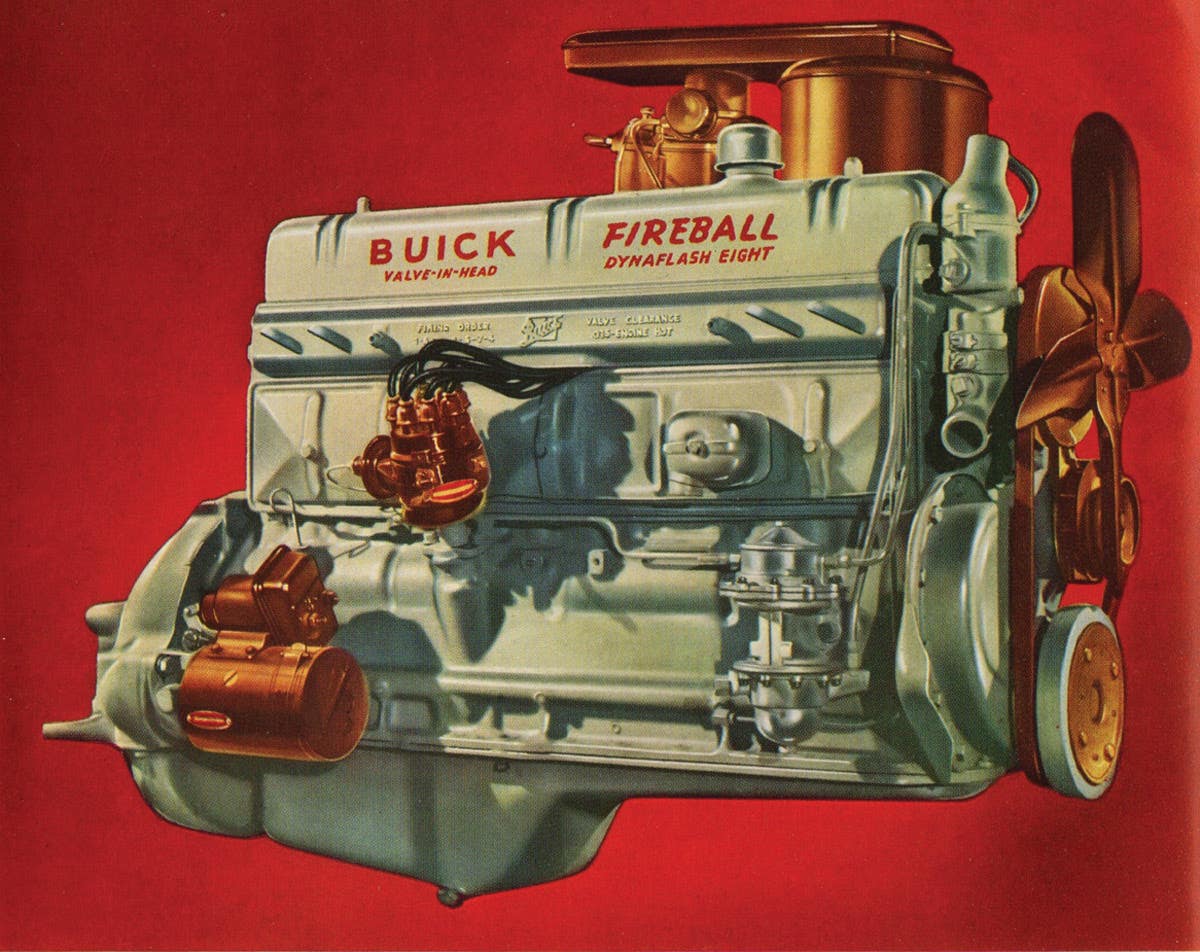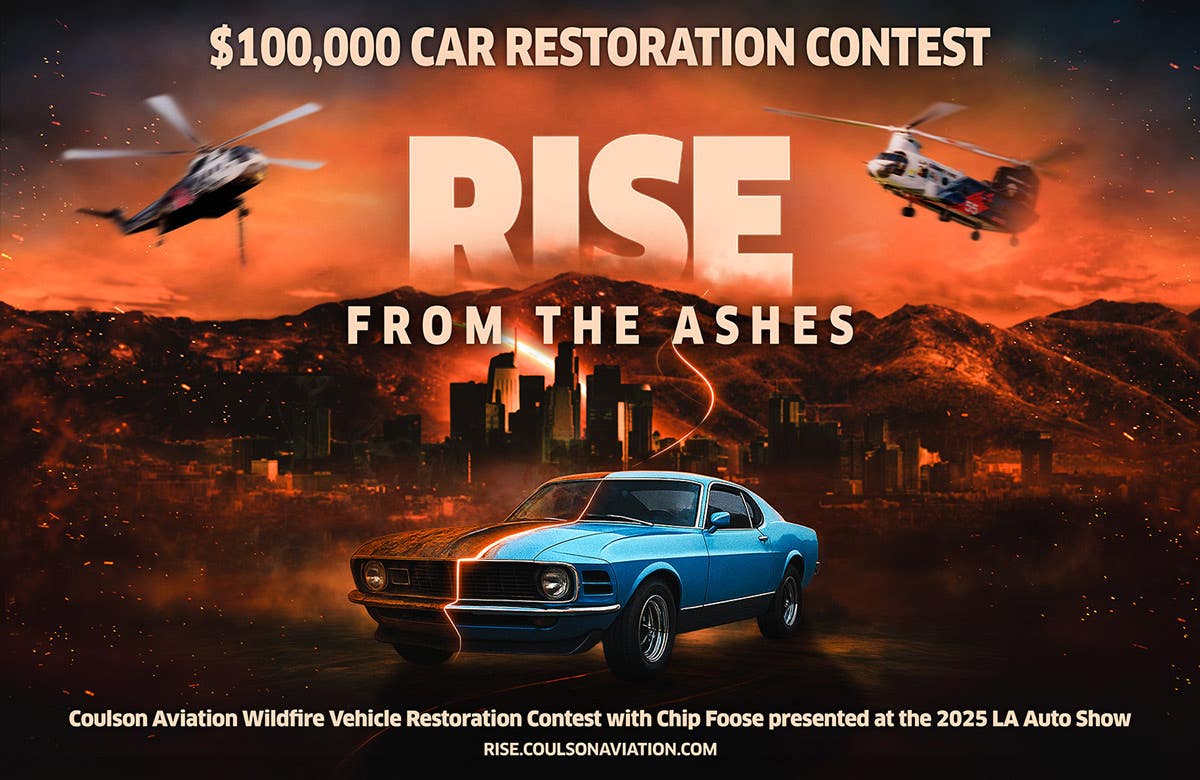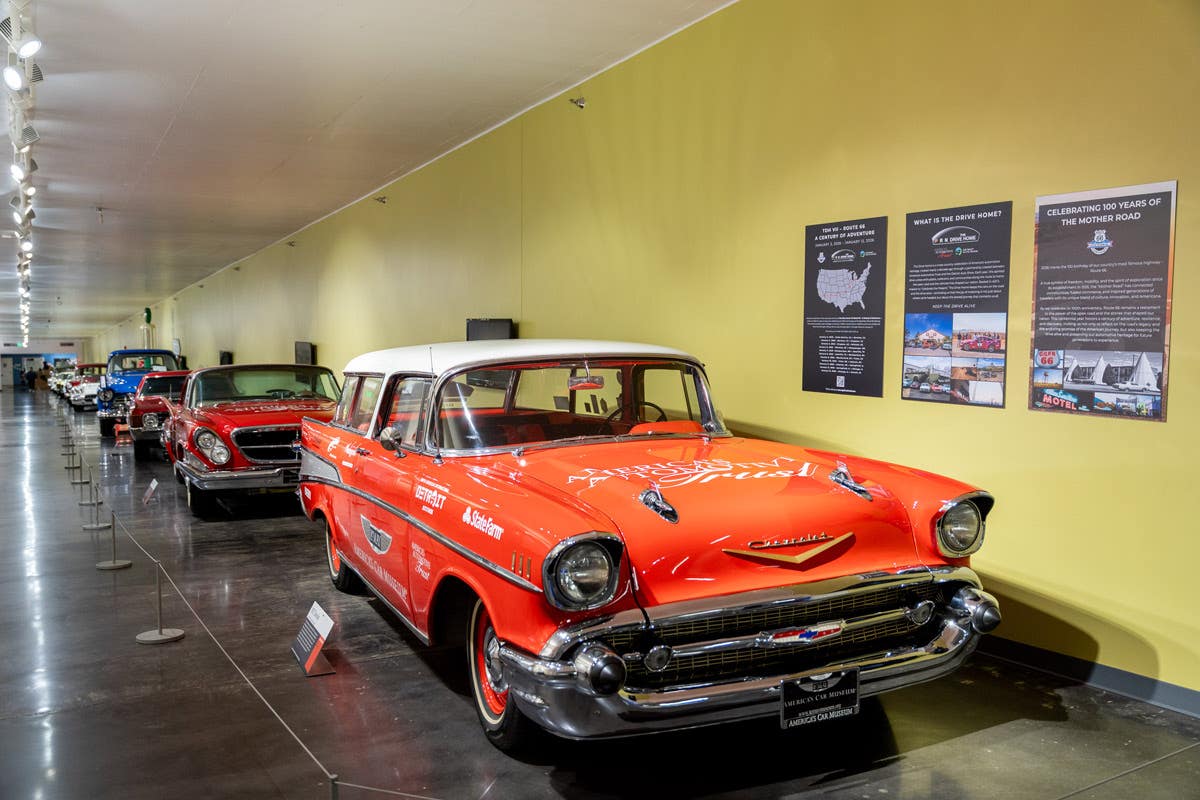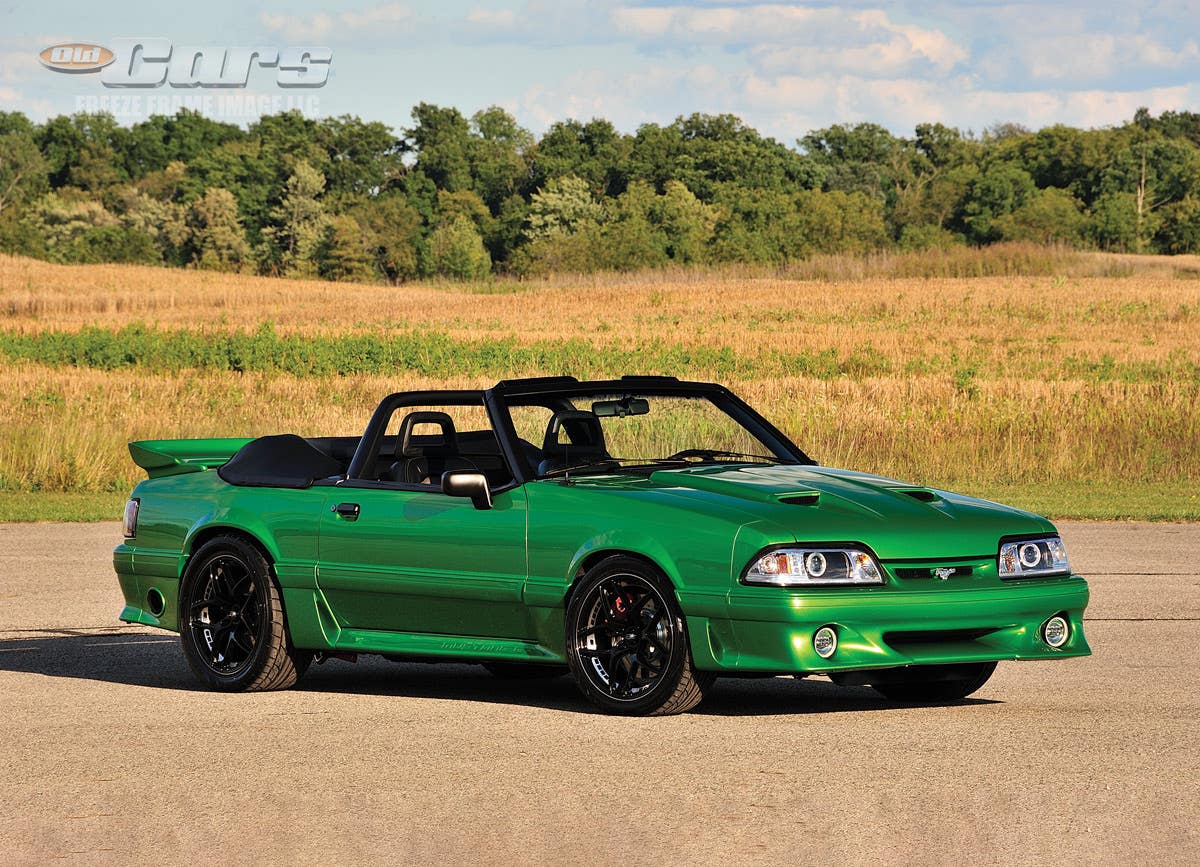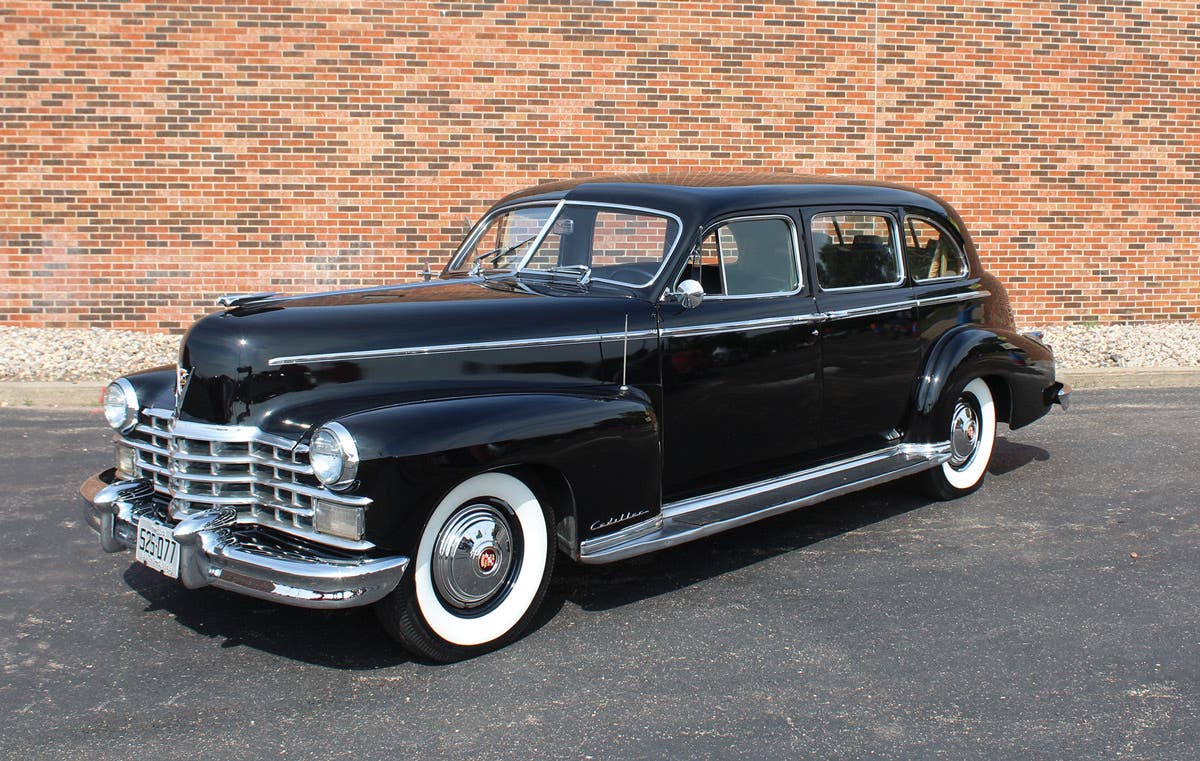Non-abrasive Soda Blasting Removes Paint
Though old car fans think of soda blasting as something brand new, it was actually developed by Union Carbide to restore the Statue of Liberty in 1984-1986. Many of us…
Though old car fans think of soda blasting as something brand new, it was actually developed by Union Carbide to restore the Statue of Liberty in 1984-1986. Many of us remember Lee Iacocca of Mustang fame getting behind this patriotic project. Soda blasting is non-abrasive and doesn’t warp or damage any surface because it produces no heat upon impact. Soda blasting strips painted surfaces quickly, though it depends on how many layers of paint you have.
Because it is non-abrasive, soda blasting can be used on lightweight metals such as aluminum, as well as on plastic, fiberglass and wood. Of course, since it is non-abrasive, soda blasting does not remove rust. Some sources claim that soda blasting does not damage glass, rubber, stainless trim or chrome plated parts if they are left on a vehicle being blasted. However, in a seminar at the Hot Rod & Restoration Show, Union Carbide specifically recommended removing or carefully covering such surfaces on classic cars. They also noted that soda blasting can kill surrounding vegetation if a car is being blasted outside.
We recently had a car soda blasted by S.J. Kreuger Vintage Auto of Ripon, Wis. (www.sjkruegerenterprises.com). It was a big vehicle that was difficult to blast. Though the cost of the job exceeded the initial “guesstimate” it was less than half the cost of alternatives. It was necessary to have additional sandblasting done to remove rust from wheel wells and gravel pans, but the total cost was still low. Had we needed only the paint removed, the results versus the cost would be amazing. There wasn’t a speck of paint left on the car’s body.



